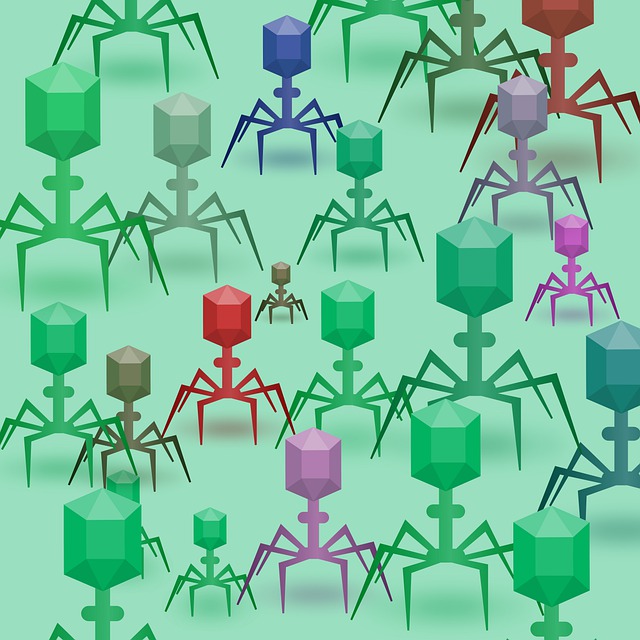Research roundup: What are the implications of near identical virus genomes discovered thousands of miles apart?
September 2, 2020

Bacteriophage (phages) — viruses that infect and replicate within bacteria — are known for their ability to evade their host’s defense mechanisms. Bacteria strains vary across geographical locations, so phages within them should, theoretically, also differ genetically across ecosystems, as a result of evolving to survive. However, phages separated by both time and space can evolve in similar ways, which suggests that many phages are not evolving by genetically mutating. Declan Schroeder, PhD, associate professor in the Department of Veterinary Population Medicine, recently collaborated with a team of scientists on a study that assessed phages from different aquatic ecosystems. The team found that recombination, or trading genes, was the biggest driver of the phages’ ability to rapidly adapt to bacterial hosts, likely because the gene pool within which the phages recombined was so wide. In this study, virus evolution appeared to be dominated by the Constant Diversity model, where a population of near-identical viruses are proposed to co-exist in an ecosystem to target different host species. With this information, scientists need to reevaluate which competing evolutionary theory has the greater role to play in their system, namely the constant diversity model versus the red queen (or arms-race) hypothesis. This work was funded by the Leverhulme Trust (RPG-2012-624).
Read more in the September 2 paper published in Nature Communications.


